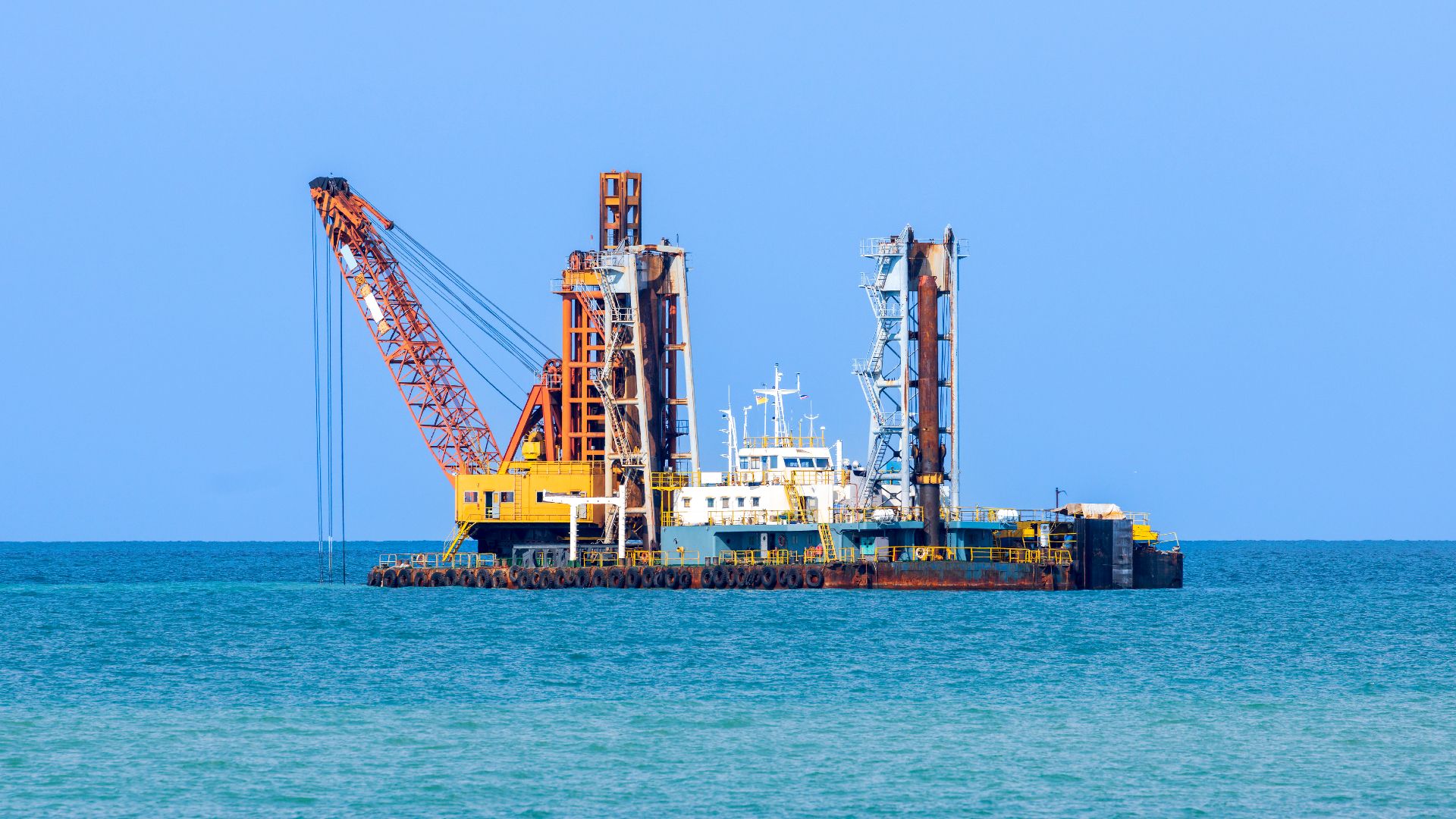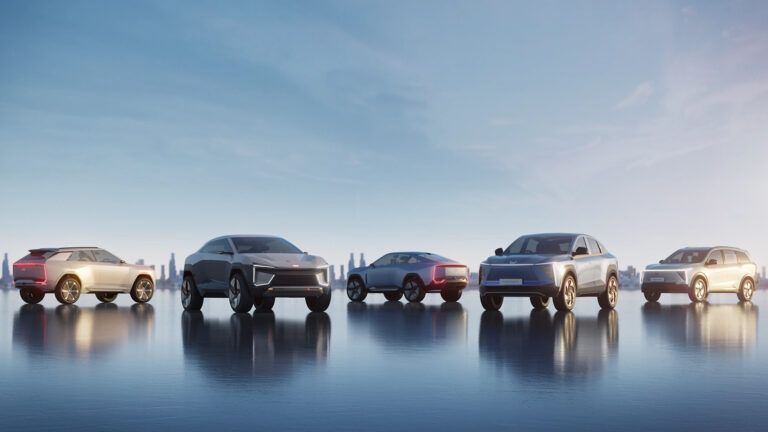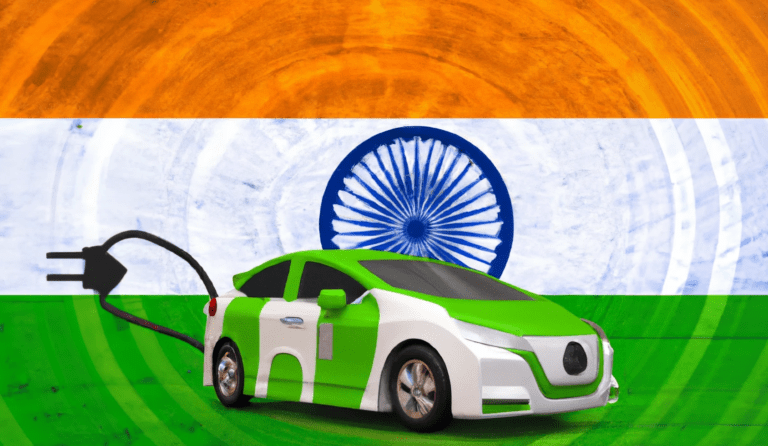India finds itself in a tight situation with China as they compete for key mineral resources crucial in the manufacturing of electric vehicles and solar panels.
As per the Times of India report, India has officially requested a license from the UN’s International Seabed Authority (ISA) to investigate the Carlsberg Ridge and Afanasy-Nikitin Seamount (ANS) regions, situated on opposite sides of the Indian Ocean, for cobalt and manganese. These minerals are critical for the production of batteries for electric vehicles and solar panels.
Allegedly, China intends to explore mineral resources within the Indian Ocean. M Ravichandran, Secretary of the Ministry of Earth Sciences, told TOI:
We are aware that China and other countries are also eyeing these regions. So, for us, it is not only about mineral resources but also about strategic importance.
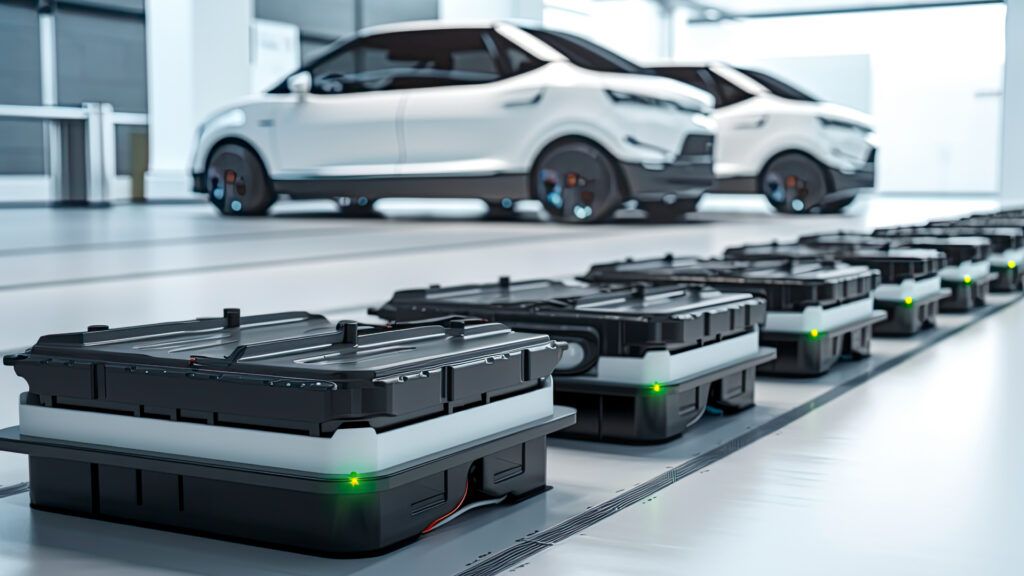
At present, India holds licenses for exploration in two areas of the Indian Ocean. The first license, signed on March 25, 2002, and valid until March 24, 2027, authorizes the exploration of polymetallic nodules in the central Indian Ocean, located roughly 6,000 km from the Indian shore at a depth of 6 km.
The subsequent license, signed on September 26, 2016, and due to expire on September 25, 2031, grants permission for the exploration of polymetallic sulphides at the Rodriguez Triple Junction in the southern Indian Ocean. It is a location near Mauritius, where three tectonic plates intersect.
Sunil Kumar Singh, Director of the National Institute of Oceanography (NIO), reports that out of the vast 71 million sq km Indian Ocean region, a mere 300,000 sq km have been mapped since the 1980s. Among these surveys submitted to the ISA, a segment of 150,000 sq km comprises polymetallic nodules—containing manganese, nickel, cobalt, copper, and iron hydroxide.
According to Thamban Meloth, Director of the National Centre for Polar and Ocean Research, the exploration process initiates with ship-based investigations, then progresses to initial sampling, followed by studies conducted using autonomous underwater vehicles and remotely operated vehicles.
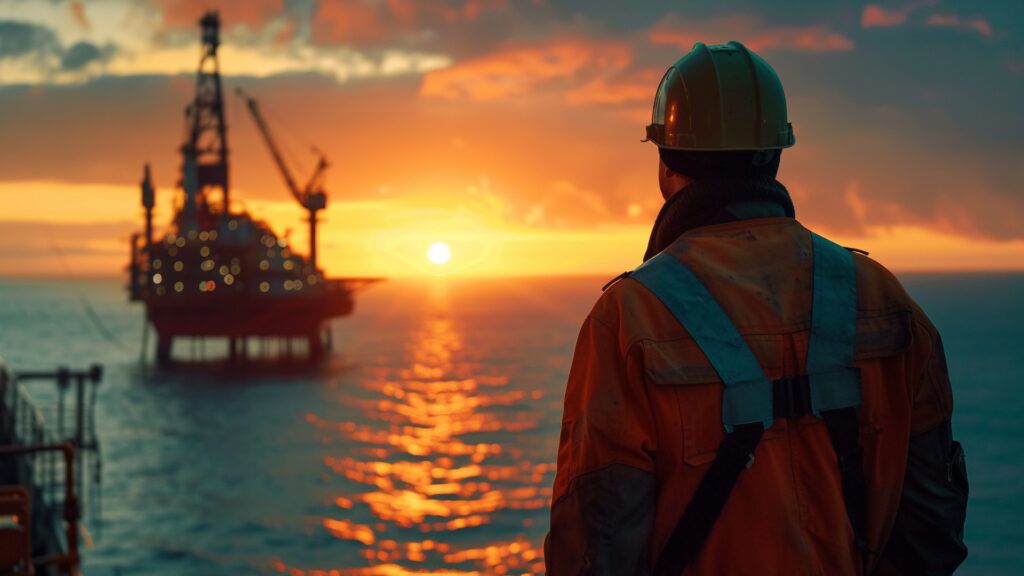
Indian researchers have started experimental mining operations covering an 18,000 sq km region in the Central Indian Ocean, which is part of the 75,000 sq km allocated for Indian exploration of polymetallic nodules across the two targeted regions. This initiative focuses on devising and trailing equipment for mineral extraction and retrieval to preserve the environment.
Within the 75,000 sq km of the central Indian Ocean, NIO researchers have pinpointed 380 million tons of polymetallic nodules, which include 1.5 million tons of cobalt.
Moreover, the National Institute of Ocean Technology (NIOT) in Chennai is creating a comprehensive mining system that includes a 5-meter-long crawler, crusher, and pumping mechanism.
Presently, India heavily relies on imports of minerals such as cobalt. With the escalating demand for essential minerals, extracting high-quality minerals from the largely unexplored oceans may be the final alternative.

